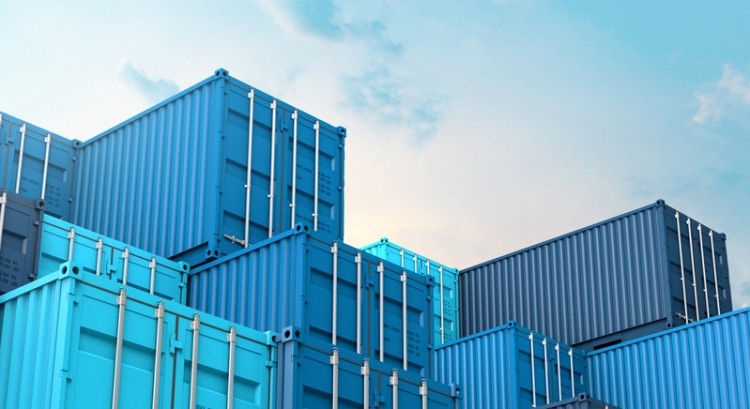Freight: a silver lining on the horizon for feed additives

“Markets got quiet as Chinese producers left early for Spring Festival and record-high freight costs and record-low schedule reliability made several suppliers postpone deliveries,” said Stefan Schmidinger, head of business development and markets at procurement, trade and intelligence platform, Kemiex.
Kemiex just got listed in a market data platform by US-based CME Group, one of the world's largest commodity and derivatives exchanges.
The Swiss company said there has been active spot trading in Europe in feed and food additives to compensate for disrupted influx from overseas though.
Like for other industries or retail markets, low-cost products out of Asia are the worst hit by the freight frenzy: the total cost for a container of choline chloride, for example, is made up of 30-50% transportation costs, Schmidinger told us.
Questions remain around freight challenges and whether cost-efficient supply of raw material from Asia will be revitalized from March or April onwards.
Kemiex says there are some early indications of freight markets recovery pivoting with freight rate increases slowing down and container availability improving, pointing to the Container Availability Index (CAx) by xChange, a global marketplace for containers.
“Most market participants are rather cautious, but there are some very early signs of a possible relaxation of container box shortages in the coming quarters,” said Schmidinger.
Feed additive capacity projects
In terms of feed additive production developments, Sichuan Hebang Biotechnology Co Ltd, started trial methionine production a few weeks ago for an estimated +50kt in Leshan City. “That could add some capacity to markets in the coming months.”
Looking at Vitamin E, all eyes are currently on DSM and its 75/25 JV with Nenter, Yimante, he reported.
In terms of Vitamin A output, the market expect changes from 2H 2021, as BASF and Kingdomway each ramp up their new production lines factory, added Schmidinger.




